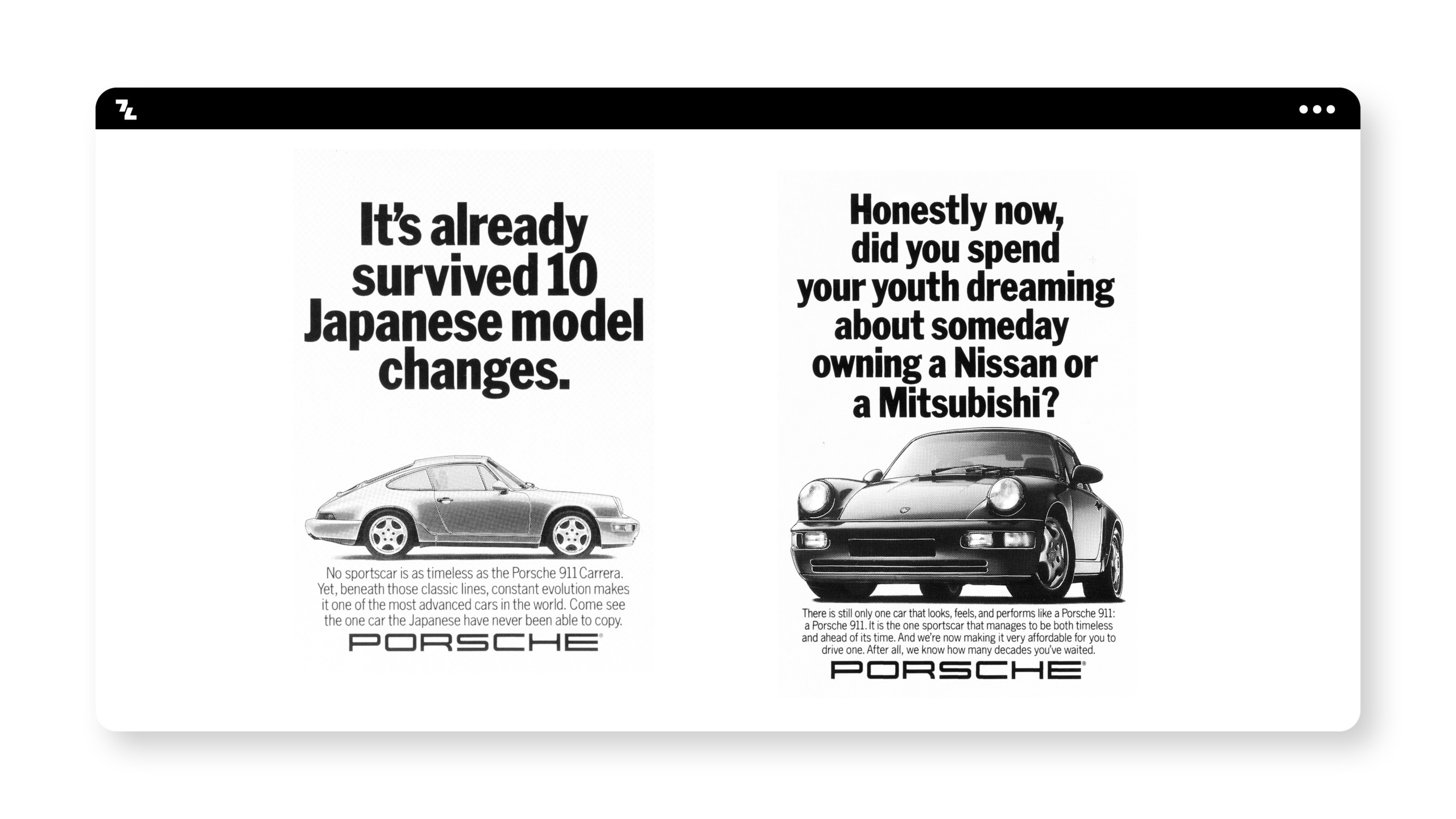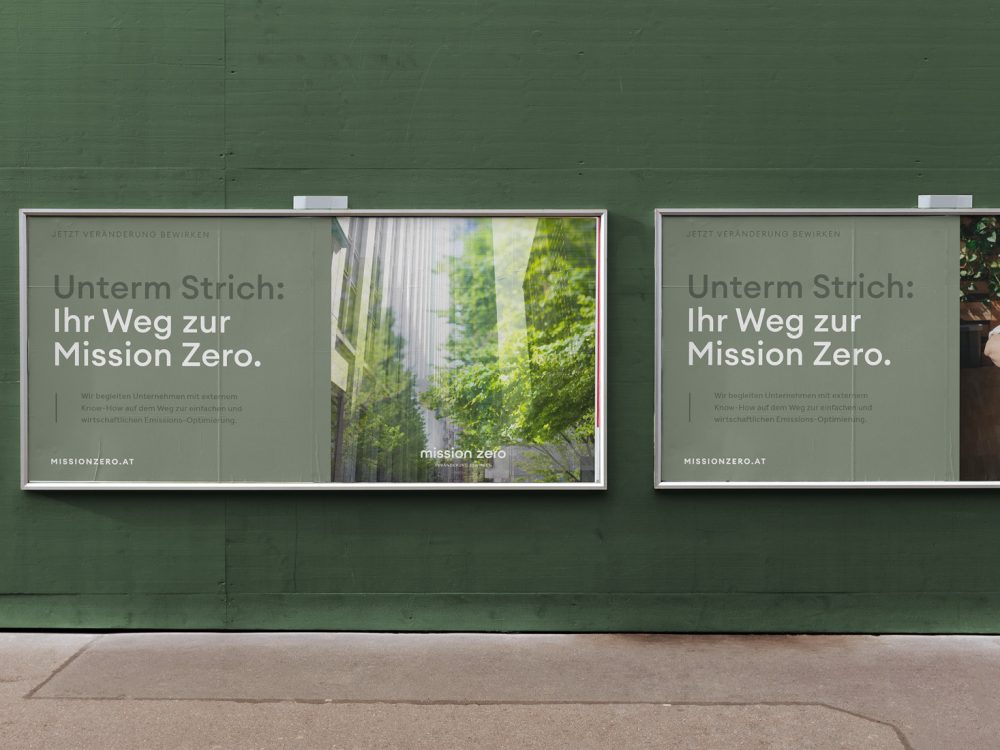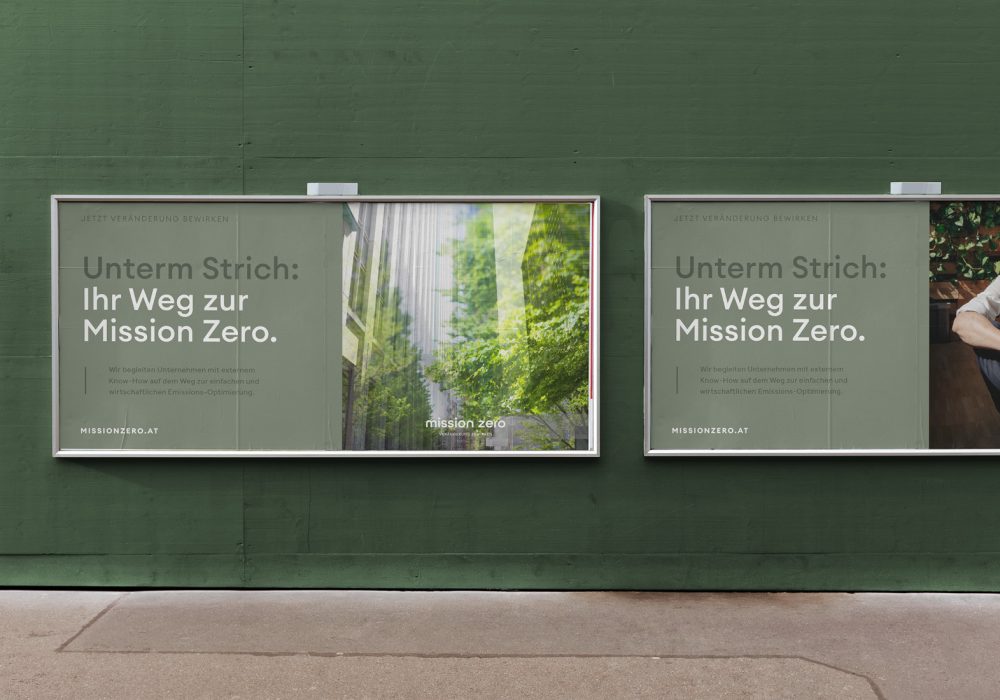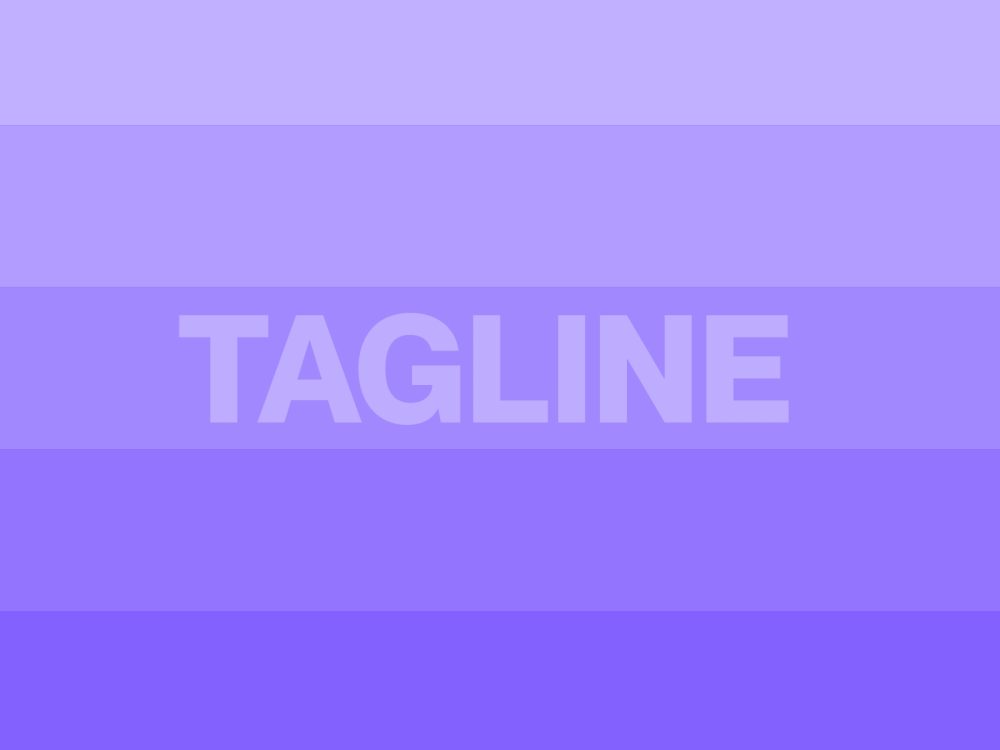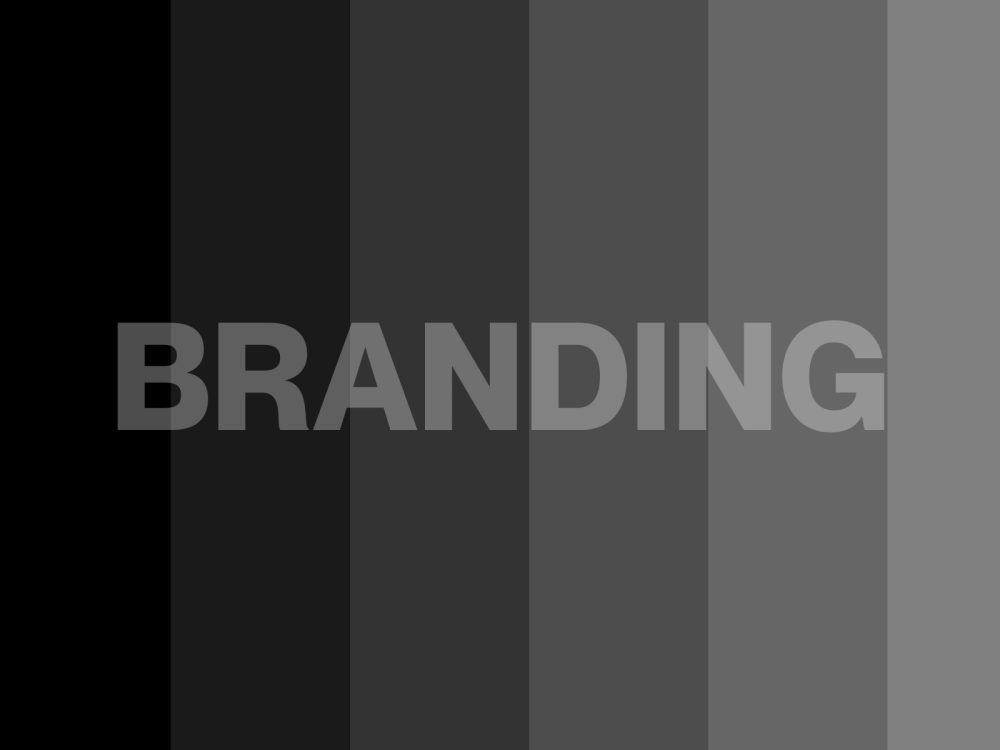When it comes to truly understanding your customers, including their missions, pains and benefits, as well as your offering to them, the Value Proposition Canvas, developed by Alex Osterwalder, is one of the best tools to help you do that.
Definition
The Value Proposition Canvas is a tool that can help position a product or service to meet the customer’s values and needs.
The Value Proposition Canvas was originally developed by Dr. Alexander Osterwalder as a framework to ensure product and market fit. It is a detailed look at the relationship between two parts of Osterwalder’s broader Business Model Canvas; Customer Segments and Value Propositions.
The Value Proposition Canvas can be used when an existing product or service offering needs to be refined or when a new offering is being developed from scratch.
Structure
Below is a visual representation of the Value Proposition Canvas. This structure is firmly defined and the basic anatomy on which to create the VPC.
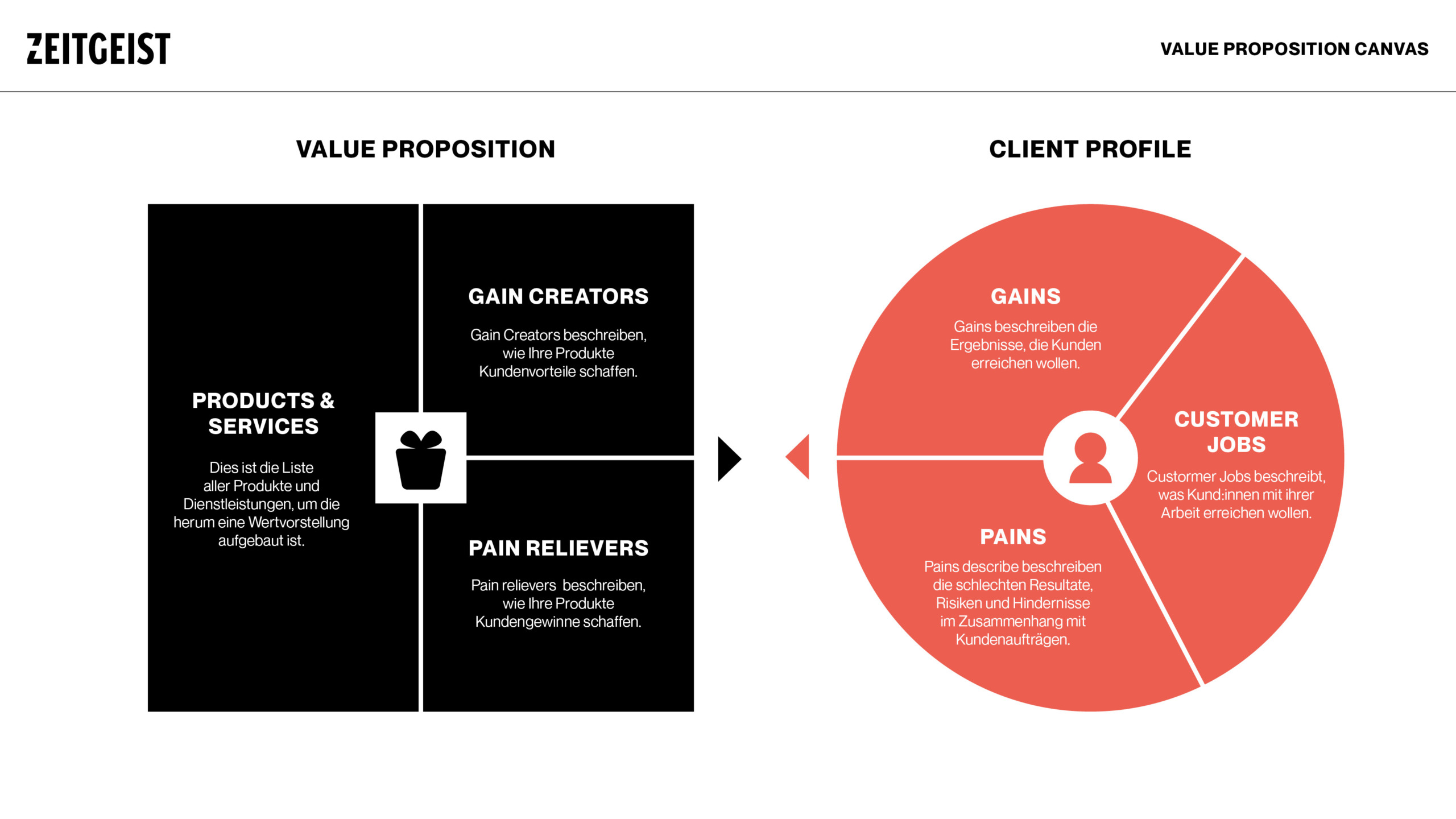
Customer Profile (Right)
- Gains – the benefits the customer expects and needs, what would excite customers, and the things that can increase the likelihood of accepting a value proposition.
- Pains – the negative experiences, emotions and risks that the customer experiences when completing their tasks.
- Customer Job – the functional, social and emotional tasks the customer is trying to accomplish, the problems they are trying to solve and the needs they are trying to satisfy.
A customer profile should be created for each customer segment, as each segment has different benefits, pains and jobs.
Value Proposition (Links)
- Gain Creator – how the product or service creates customer gains and how it adds value to the customer.
- Pain Relievers – a description of exactly how the product or service relieves the customer’s pain.
- Products & Services – the products and services that create profit and alleviate pain and that underpin value creation for the customer.
Examples
Below are a few examples of successful value proposition canvases of well-known brands from our everyday life, which have been developed over the last years (mostly rather decades).
Louis Vuitton
Let’s look at some examples on the market.
What does Louis Vuitton sell, for example?
Leather goods? Sort of, but not really
.
What they sell is status, the kind of class that money
can buy. The customer didn’t start by saying, “Gee, I don’t have anywhere to put all my stuff.
To store all my stuff when I’m on the road.
…
if only someone would sell a handbag
…
I would gladly pay 6,500 dollars to solve this
dilemma I find myself in…”
That’s why Louis doesn’t sell itself as the most practical
or functional bag.
It sells an image, a lifestyle, success and prestige
.
Obviously, this works; look at the fakes.
Why do people buy fake Louis bags in Bali?
Better yet, these people are not Louis’ target customers,
so why does Louis care that they buy fakes?
Because it detracts from the exclusivity of the brand.
The idea that the brand means something is that.
allows Louis to ask for so much.
Porsche
Value propositions are defined by the story we tell ourselves.
Stories like “This gives me peace of mind” or “This makes
me feel beautiful” or “I’m a good investor”.
It could be the story behind the company and its founder, or the
mental image of how we will use a product to make happy
memories in the future.
For example, brands like Supreme or Patagonia
represent an attitude and a movement. Competing brands offer
better “value for money” but don’t have the same compelling story.
Emotional jobs are the feelings that shape our purchasing decisions
decisions and lead us to positive feelings rather than cold
rational logic.
Here are some emotional considerations when buying a car:
The wind in my hair – I want to enjoy driving
Love of a brand – I have a Holden tattoo
Childhood dreams – I’ve always wanted a red convertible
Excitement – hearing a roar when accelerating
Stress relief – parallel parking always makes me nervous
Reliability – I don’t want surprise expenses
Environmental responsibility (again) – I have a strong aversion to
fossil fuels
